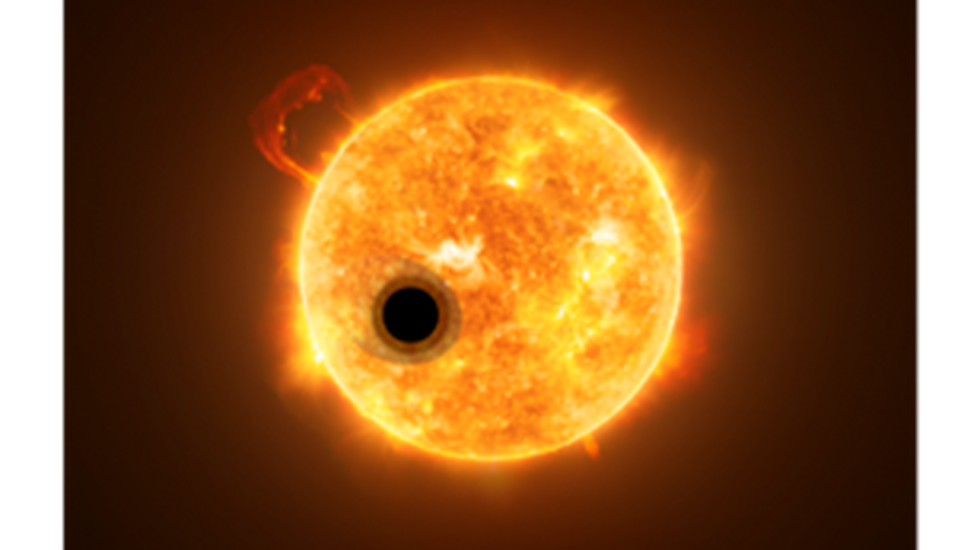NASA’s James Webb Telescope has achieved a scientific milestone by uncovering the peculiar exoplanet Wasp-107b, located 200 light-years away in the Virgo constellation. Approximately the size of Jupiter, Wasp-107b orbits a distant sun outside our solar system, earning it the moniker “candy floss” due to its massive yet less dense composition compared to other gas giants.
A noteworthy revelation is the exoplanet’s Earth-like water cycle, featuring sand rain instead of conventional water droplets. The distinct atmospheric phenomenon, described as raining silicate sand clouds, challenges our preconceptions about planetary weather systems.
Scientists from the Catholic Institute, including a lead researcher, emphasize Wasp-107b’s exceptionally low density, providing a unique opportunity for in-depth analysis of its atmosphere. The James Webb Space Telescope, equipped with the Mid Infrared Instrument (MIRI), utilizes infrared waves to scrutinize the exoplanet’s atmospheric composition. Key elements include water vapor, sulfur dioxide, and the intriguing silicate sand clouds.
This groundbreaking study marks the first instance of astronomers examining cloud composition on exoplanets, shedding light on the complex interplay of atmospheric elements. Wasp-107b’s mimicry of Earth’s water cycle, albeit with sand, adds a layer of uniqueness to its characterization.
The falling sand grains, a result of silicate vapors rising from lower atmospheric levels, precipitate back to lower planetary atmospheric regions. This intricate cycle, reminiscent of Earth’s water precipitation, challenges conventional assumptions about exoplanetary weather systems.
Published in the esteemed journal Nature, this research reshapes our understanding of the universe, offering unprecedented insights into planetary formation and evolution. Dr. Joanna Bastow, a scientist at the Open University involved in James Webb Space Telescope measurements, expresses excitement about the findings and the high-quality data obtained during the research.
Beyond its scientific implications, these findings have broader significance for understanding our own evolutionary trajectory. They illuminate how weather cycles impact planetary geography and raise intriguing questions about the potential for life beyond Earth, further emphasizing the importance of continued exploration into the mysteries of the cosmos.
